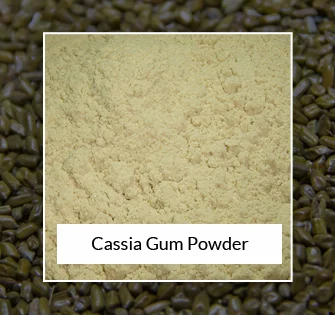Phytochemical Constituents of Cassia Gum
Cassia gum is a hydrocholloid that comes from the purified endosperm of the seeds of cassia occidentalis. Its unique properties make it a natural ingredient that has gained industrial approval in Europe and has been approved by the European Commission. In this article, we will explore its bioactive constituents, and other things about Cassia Gum.
Constituents of Cassia Gum
The primary constituents of Cassia gum are cacogenic glycosides and anthrones. This plant also contains amino acids, proteins, and fatty acids. The pods of Cassia gum contain between two to five percent of anthraquinone glycosides. Other constituents include kaempferol, chrysophanol, sennacrol, and cathartic acid. Native to Africa, Cassia species grows in Djibuti, Ethiopia, and Somalia. It prefers dry, elevated areas.
Cassia Gum is Antioxidant
Cassia gum is an excellent source of polysaccharides and is commonly used as a thickening agent in food. It is produced by screening the endosperm of the Cassia gum plant, which contains over 75% polysaccharides. This gum is safe to consume for humans and has many uses in the food industry. It is also widely used as a cosmetic additive. Unlike the Locust bean gum, which can cause allergic reactions, cassia gum powder is entirely safe to consume.

Cassia Gum has Antiviral Properties
Phytochemical constituents of Cassia gum have demonstrated antiviral activity. In fact, the herb inhibits HIV-1 replication by suppressing the classical complement system. Other antiviral activity of the plant has been reported in the treatment of tumors, inflammation, and analgesia. Phytochemical constituents of Cassia gum inhibit HIV attachment, inactivate plasmodium, and prevent virus growth and syctium formation.
The Bottom Line
Cassia tora is native to India, where it is commonly grown as a bush. The herb contains various chemical constituents, including coumarins, mannitol, and tannins. The leaves and seeds of Cassia tora are considered medicinal for their antifungal, antihelmintic, and laxative effects. Other chemicals in Cassia tora include coumarins and eugenol. Some studies have suggested that the chemical constituents of Cassia tora have anti-flatulence and analgesic properties. As a gelling agent, it is commonly used in the production of dog food. This is because it thickens food and provides moisture management.

